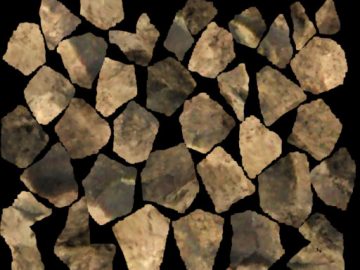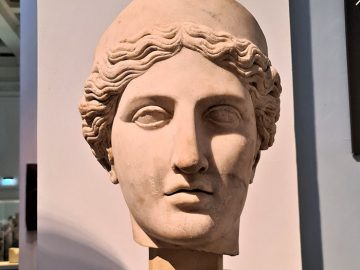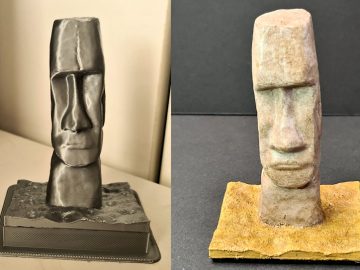If you visit Bromsgrove town centre, in the English Midlands, you may notice the Benjamin Hadley Sanders memorial at the northern end of the main shopping street. It’s an excellent feature for the town and a special part of its’ local history. It was gifted to the town in 1910 by his daughters in recognition of his 50 years service as Clerk to the Bromsgrove Local Board. According to the Bromsgrove Society it was originally a horse trough and drinking fountain. Below is a photo so you can see what it looks like.
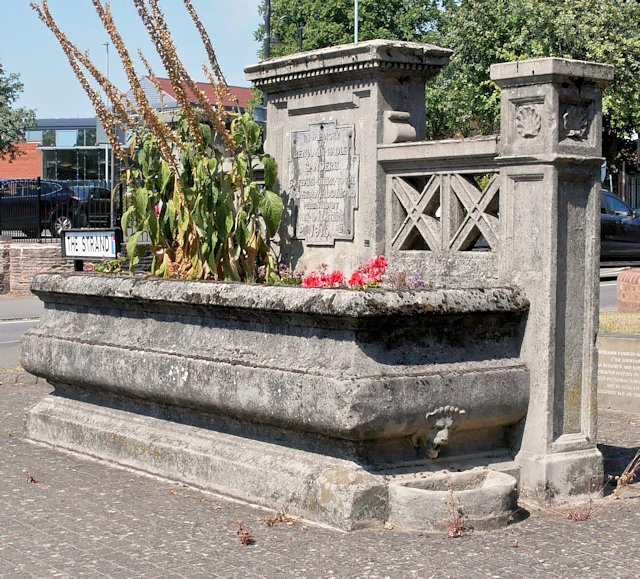
Quick summary of this 3D creation
Overview: A basic photogrammetry scan of the Benjamin Hadley Sanders memorial.
Location: Bromsgrove, English Midlands [map].
Date/era: 1910 AD.
Software used: WIDAR Android app.
Intended use: Computer graphics, not suitable for 3D printing.
Download: Sketchfab page.
I made the scan using some Android photogrammetry apps on my smartphone. I decided to use the model made with the WIDAR app, as it has a small file size but good texturing to give a reasonable idea of the look of the memorial. You can see the result of that work on Sketchfab below (click the play button to load the model and view it in 3D).
If you’re interested in the quality of the WIDAR scan, below is an image of the base geometry in Blender. It’s a good representation of the 3D shape of the memorial, but you can see there’s little in the way of fine detail. That’s because the geometry only has 28763 vertices. However, for photogrammetry based on only 20 photos I think it did quite well. And you can see above that the texture image more than makes up for a low vertex count. And WIDAR allows you to rotate and crop the scan, so the model above was created without the need for any additional 3D editing software.
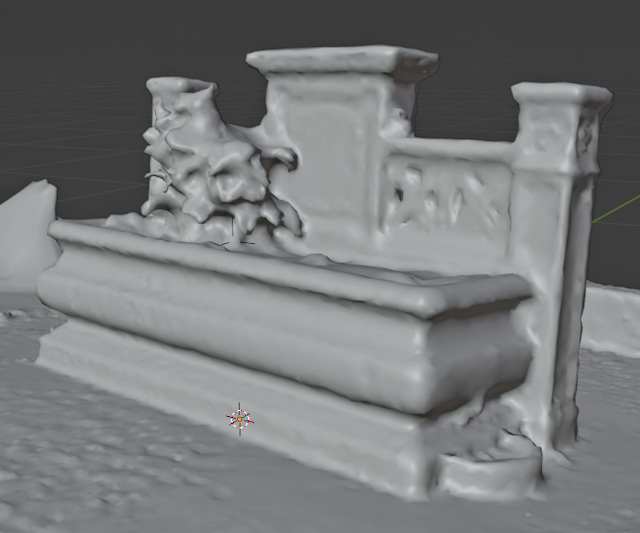
I had fun trying out WIDAR on the Benjamin Hadley Sanders memorial. So I hope you found the scan of interest, maybe even as an aid to local history study 🙂


